“The sound of a million butterflies flapping their wings is indescribable. It’s very heavenly.” Louie Schwartzberg, cinematographer
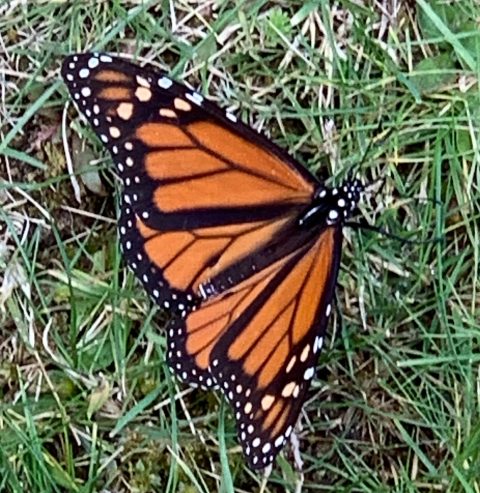
It’s going to prove to be a challenging feat trying to describe our incredible adventure visiting the Monarch Butterfly Preserve; it being difficult to relate this phenomena happening in nature. But I’ll do my best …
It’s a five hour southeasterly drive from Lake Chapala, passing through farmland, prairies, mountain passes and lush pine forests to arrive at our destination – the ancient forest area high up between the Mexican states of Michoacán and Estado de México. The country hasn’t ceased to amaze us with the ecological diversity.
The Monarch Butterfly Biosphere Reserves are UNESCO sites. There are four sanctuaries where you can see the Monarchs in their winter habitat. We chose Cerro Pelon in Estado de México, the least visited due to its challenging accessibility. To reach the butterflies takes an hour and a half horse ride up very steep, narrow, dusty trails; which seem at times carved out of the mountainside; all the time riding beneath the magnificently dense tree canopy.
And yes, I got David, my Jewish Cowboy, back on a horse. This time all the horses were led by their handler, so you just sat and enjoyed the ever-changing, magnificent mountain scenery pass you by. This would be a very challenging trail for an experienced rider on their own.
The trail ended at a large meadow at 10,000’. There the Monarchs were just flapping around as the air started warming up. Another ten minute hike on foot further up brought us to their incredibly “remote nesting habitat.”
During the 4-5 months that the butterflies stay in Mexico, the forests become an orange wonderland. Tall pine, oak and oyamel fir trees are completely covered with butterflies. With cold winter temperatures they sleep en masse in huge clusters, closing their wings; at first sight they might seem to appear like dead leaves hanging on the trees – that’s how still they are … and silent.
Some tree branches were so heavily bent that they’d remind me of fake Christmas trees that you need to fluff out and straighten their branches setting it up. How can something so fragile looking weigh so much?
When it begins to warm up a bit, they slowing begin opening their colorful wings wide and begin to breakaway from their groups; flying around the forest in a mating ritual. A very magical scene to witness with the ethereal sound of their wings flapping within the quietude of the forest.
Yesterday had been a much warmer day … as we were driving up into town, suddenly the car was surrounded with Monarchs descending down from the mountain; luckily none were lost to the windshield. School was just letting out and the students were oblivious to their flying friends as they nonchalantly went about doing whatever stuff kids do nowadays.
Sadly, the sun kept playing peekaboo so we didn’t experience the full show this day as the Monarchs remained still. However, for one instant the sun broke through and suddenly many thousands took flight creating a heavenly spectacle. Pictures can’t do justice to such a dreamy sighting, but I’ll be able to close my eyes and forever recall my experience on the mountain this day.
Each fall, millions of Monarchs leave their summer breeding grounds in the U.S. and Canada and travel upwards of 3,000 miles to reach wintering grounds in southwestern Mexico; generally arriving with precision on November 1st, Día de los Muertos.
Their migration is unique, unlike birds or wildebeest that also embark on epic migrations; these individual butterflies will never return. It might take the Monarchs as many as four to five generations to complete the journey all the way back up to the U.S. and Canada.
Each year during the Day of the Dead, local people honor the spirits through festive events focused on the butterfly migration. Historically, this holiday time is one of remembering and rejoicing for the deceased … their earthly bodies exchanged for spirits ready to move to the next realm … unencumbered by worldly woes as they transition ultimately to heaven. The gossamer-winged butterflies are thus the perfect manifestation of such liberated souls.
But when fall rolls around again, a special ‘super generation’ of Monarchs that can live up to eight months will make use of air currents to wing their way back to México – a seemingly impossible feat for such a fragile, beautiful insect.
The migration remains a mystery to scientists who aren’t yet certain how the butterflies manage to find this small, isolated sector of oyamel fir trees that they’ve never been to before. It’s Mother Nature’s Milagro. We certainly hope to return to experience this glorious and wondrous yearly event.
We stayed at the JM Butterfly B&B in the town of Macheros, population 350, nestled in the majestic mountain forest. https://jmbutterflybnb.com/ It’s a charming place with charming hosts, Joel and Ellen. Our room overlooked the grounds and views of distant mountains stretching far across the horizon. Our room, “el cuarto rojo,” aptly named as it was decorated in big splashes of red … how did they know my favorite color?!
JM Butterfly B&B, through its non-profit, Butterflies and Their People Project,
https://butterfliesandtheirpeople.org/ are enriching the community by hiring guides, rangers, horse handlers, cooks, servers, and hospitality workers. In other words, Joel and Ellen keep most of their small town of 350 people employed in eco-tourism and at the same time teaching how to protect the Monarch’s habitats
Next door is a family owned restaurant, Doña Rosa’s, serving delicious local cuisine with Rosa the Doña of her kitchen. Our last day I had the opportunity to talk with her about the spices she uses in her meals. She gave me full instructions on using the Chile Manzano (apple) … a new chile to me. It’s native to Bolivia and Peru and dates back to pre-Incan times. It’s rated at 12,000 to 30,000 Scoville heat units. This makes it about twice as hot as the jalapeño pepper at a minimum. Can’t wait to get home and discover new recipes incorporating the chile.
On the Menu … Trucha Empapelada (fresh trout stuffed with onions, tomatoes, garlic and epazote with Chile Manzano, then wrapped in aluminum and cooked over an open fire) … David’s trout was fried and loaded with ajo. Followed by another day’s trucha empapelada – this time in a red Chile sauce .. can’t say which one I liked better. Breakfast of huevos mexicanos, frijoles and tortillas, and Avena (oatmeal) with local honey and fresh fruit.
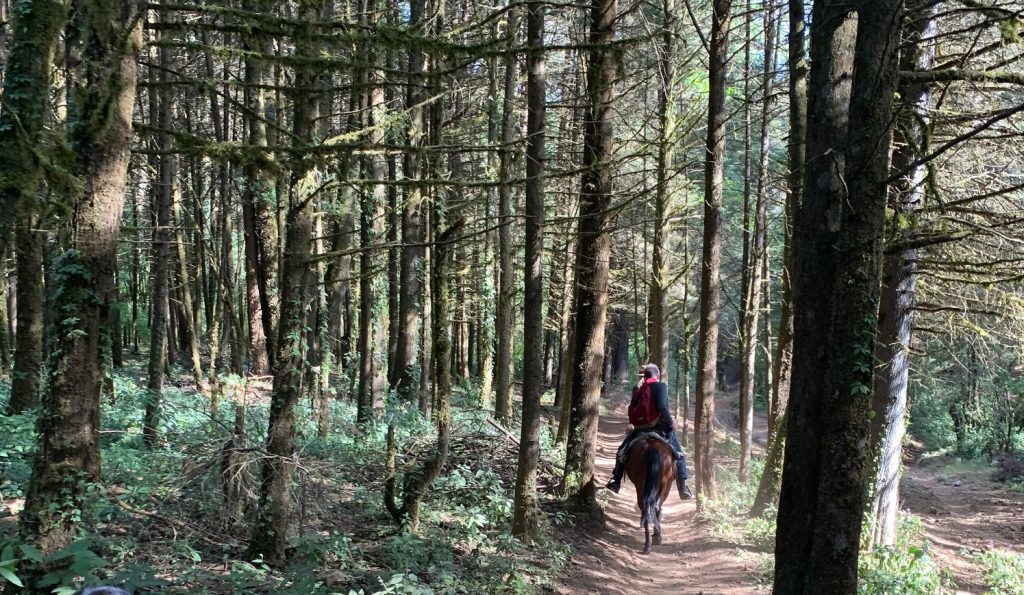
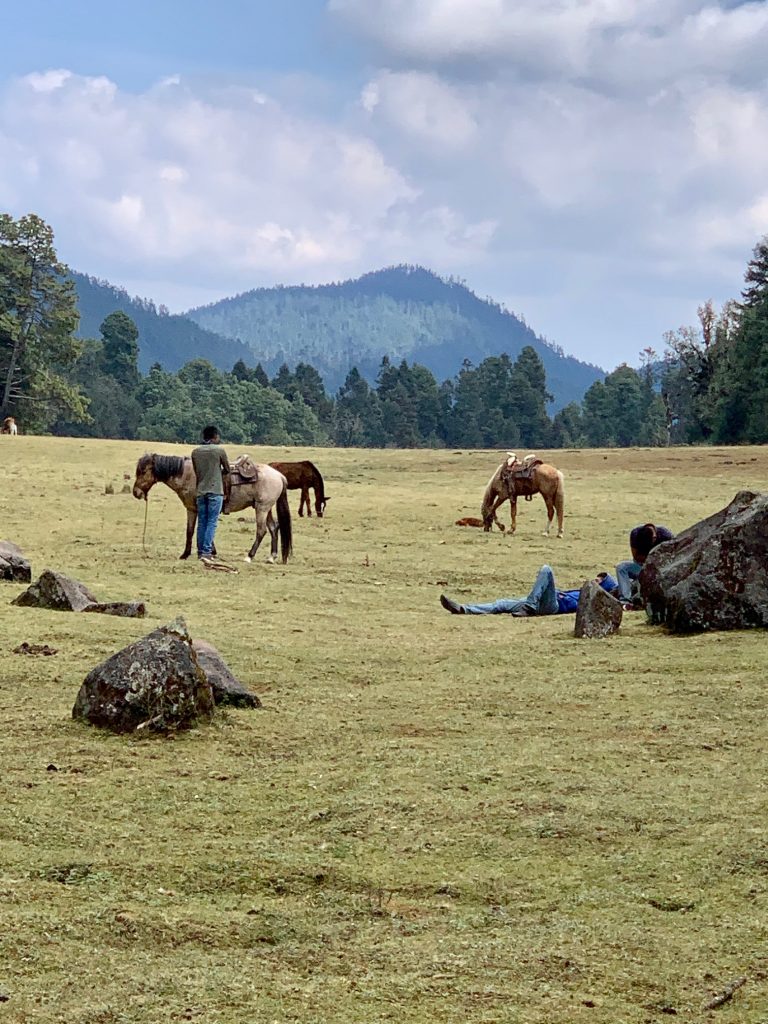
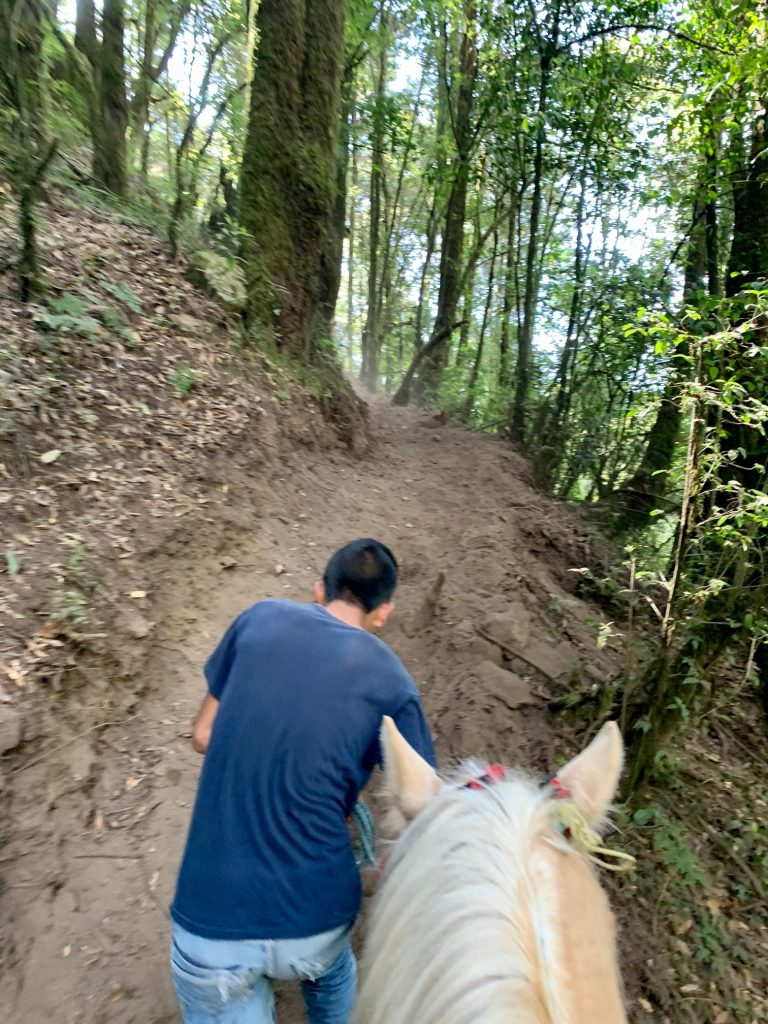

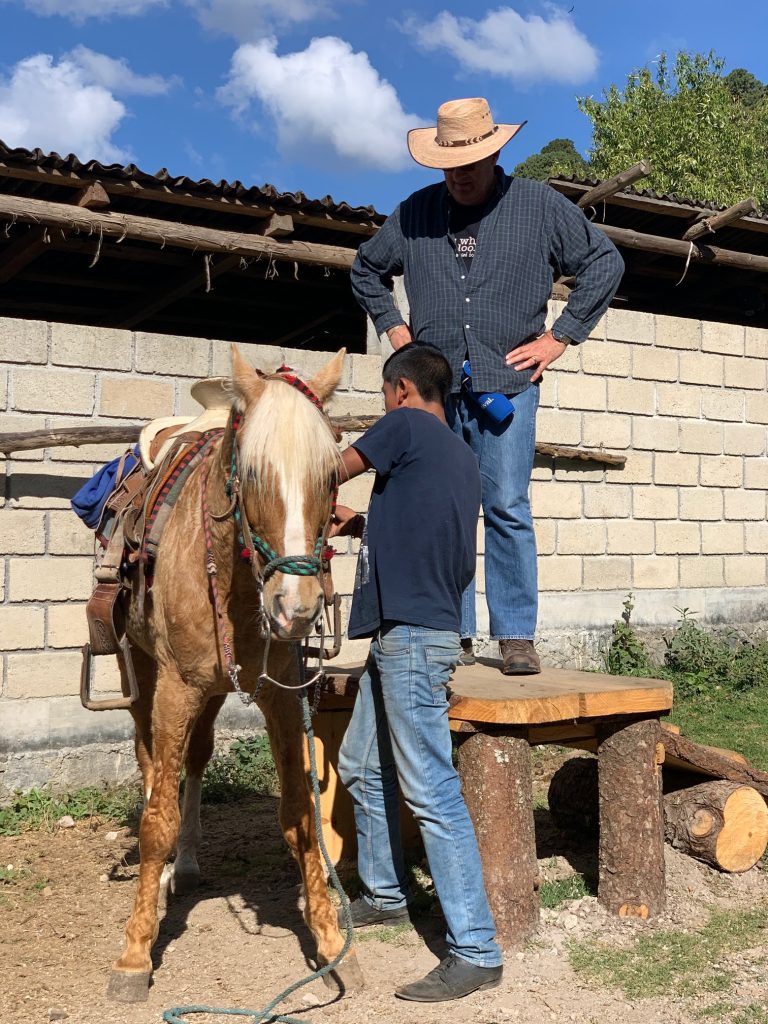
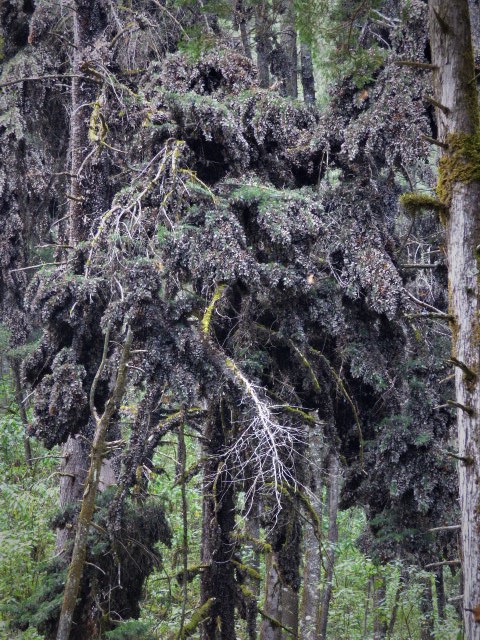
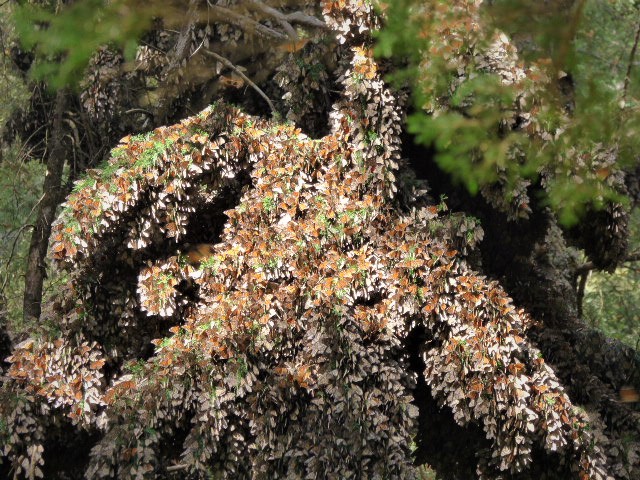

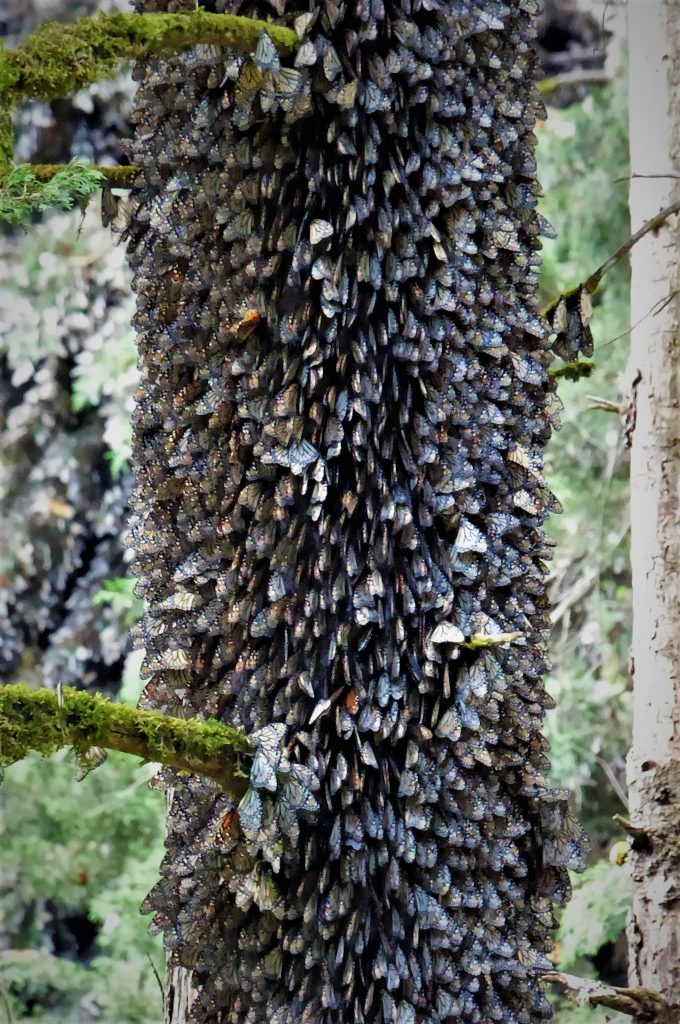

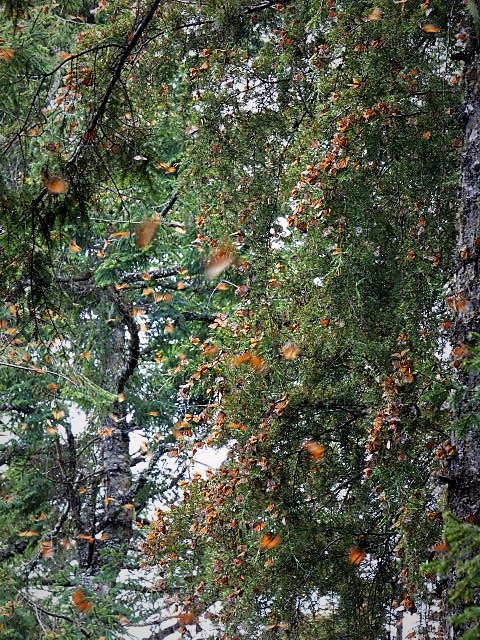
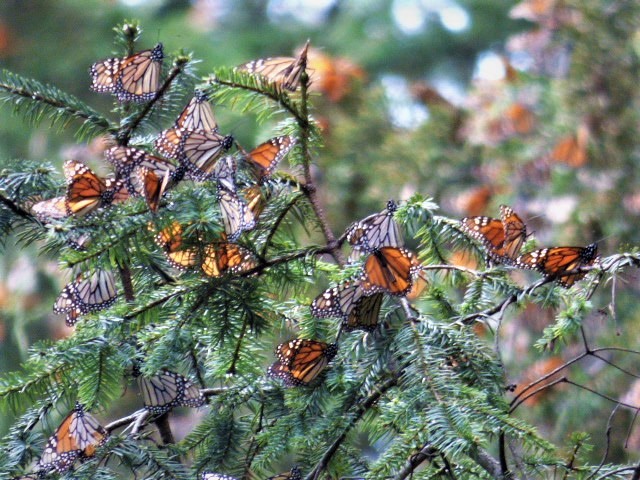
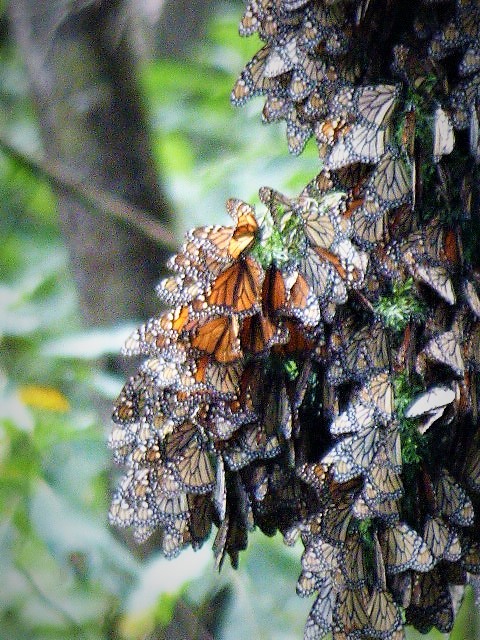
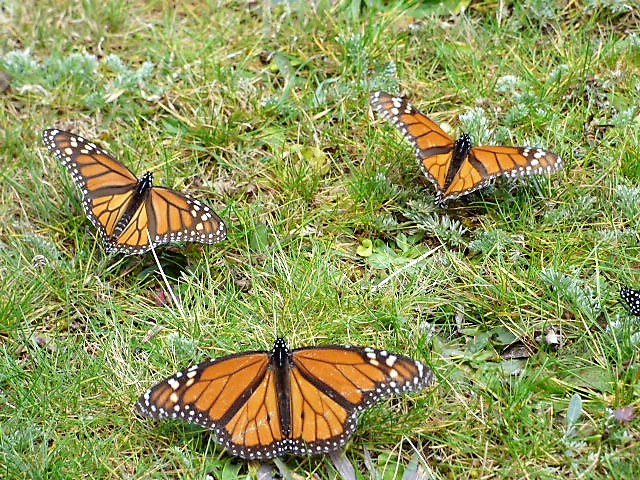
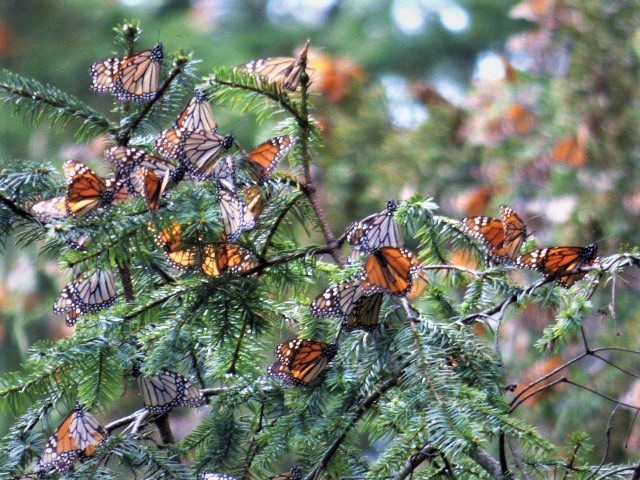
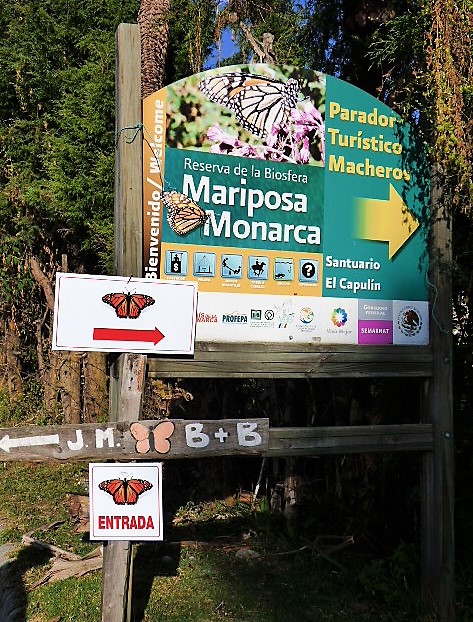
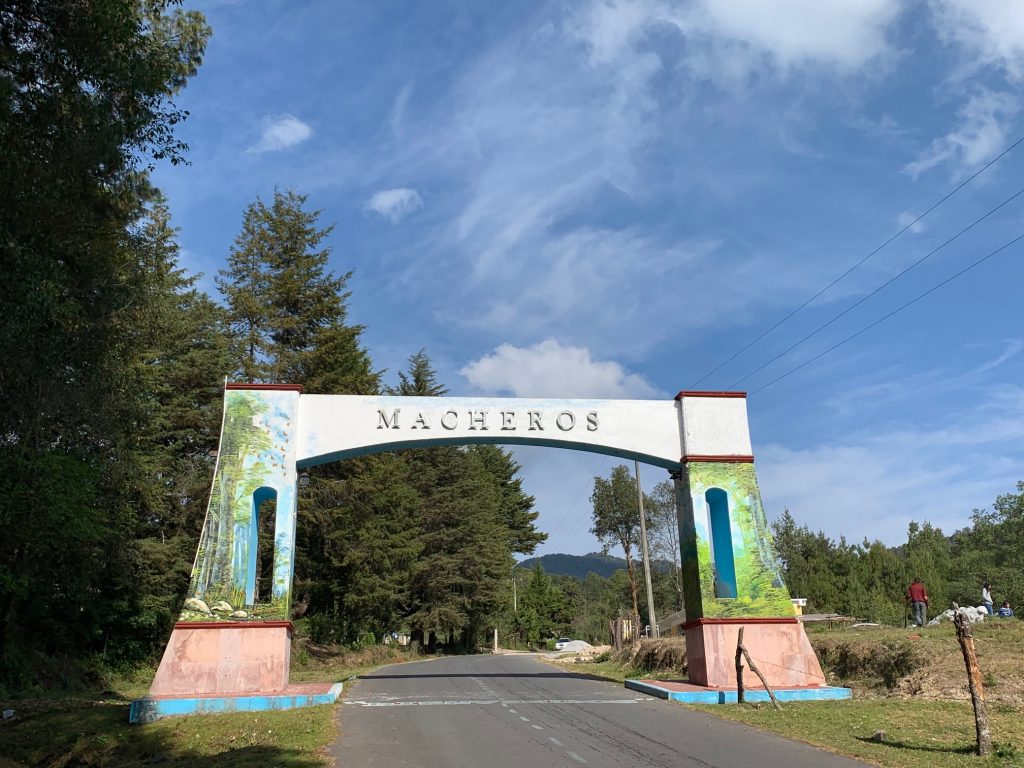
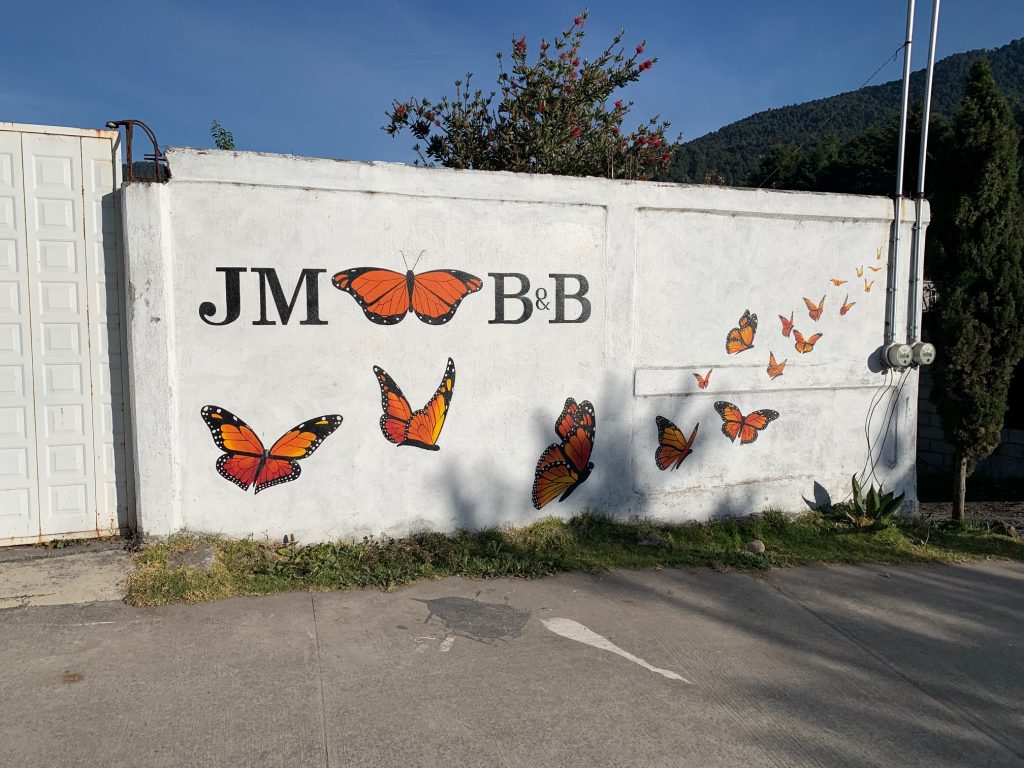





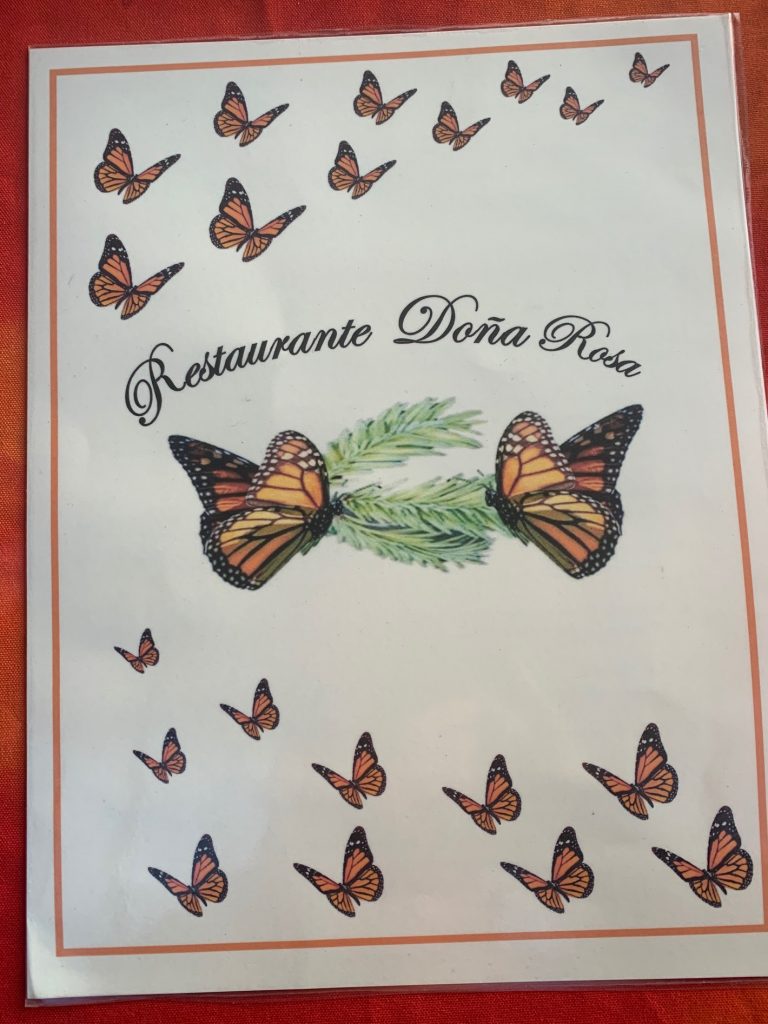

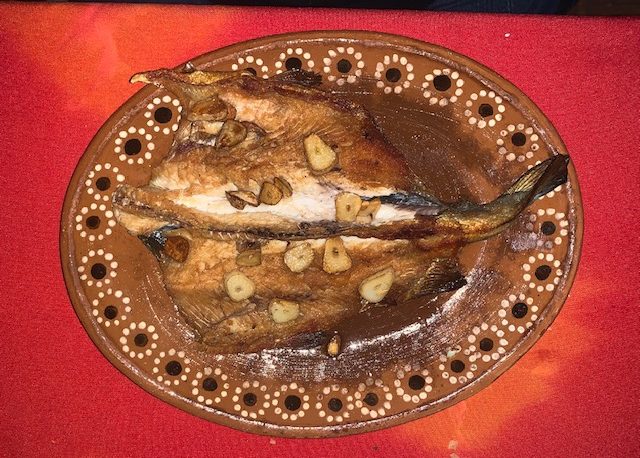
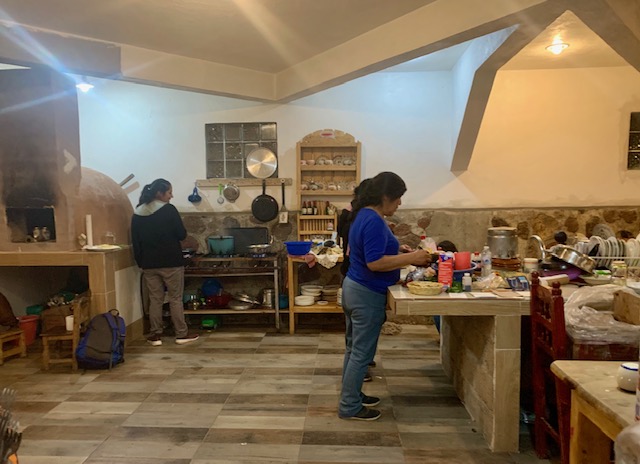
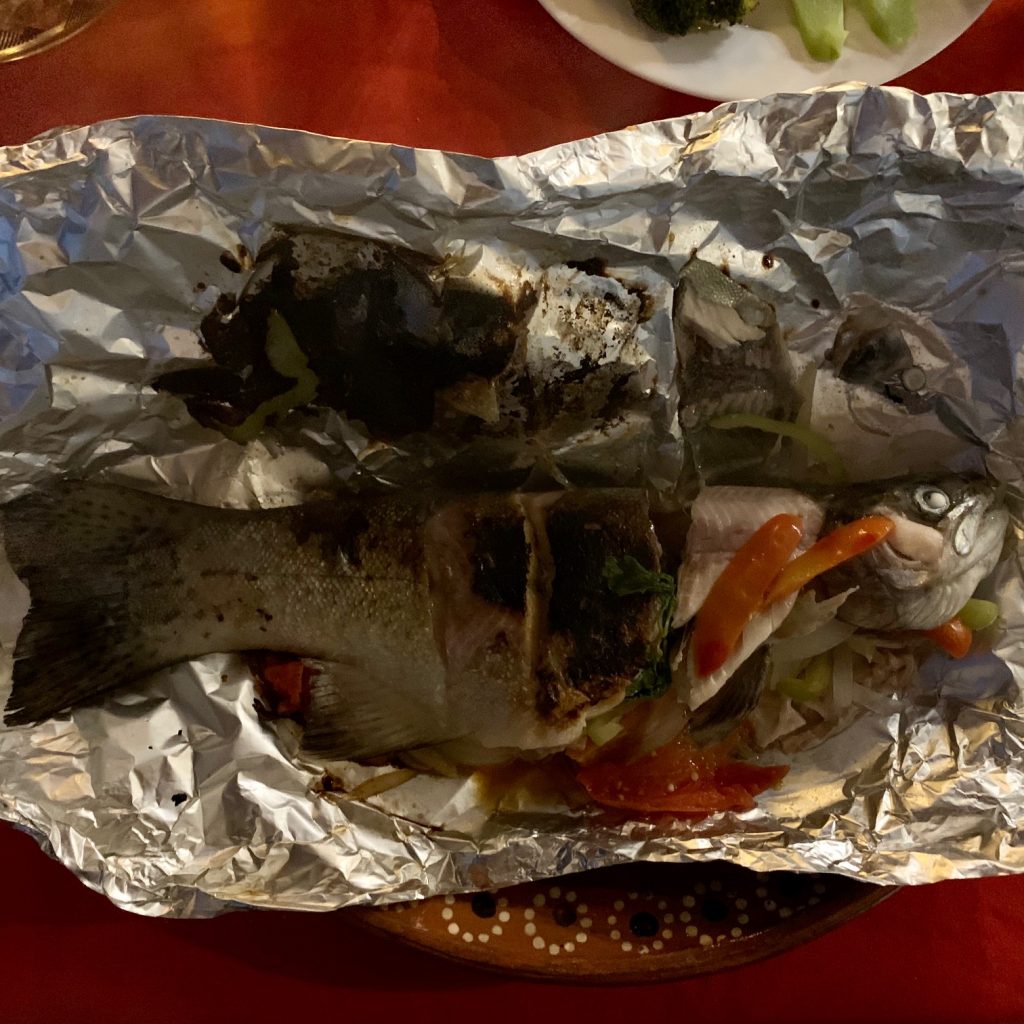







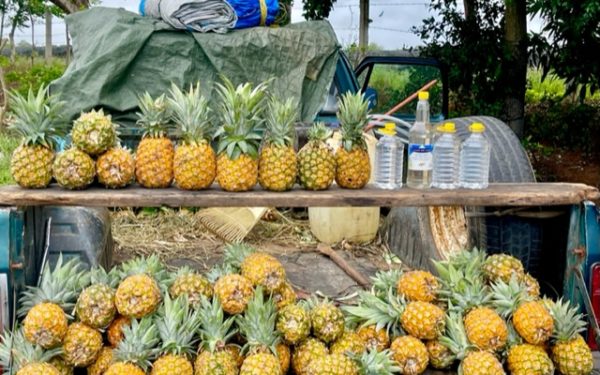
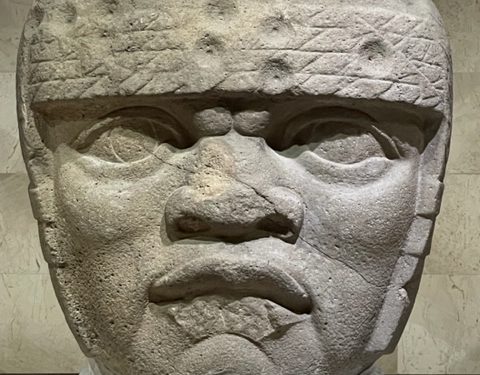
Wow! I love Monarchs! So beautiful! We saw them at Pacific Grove, one of their northern destinations. So glad to hear of the great vistas and great food!
Thank you for the wonderful description of the Monarch experience in Macheros!
How magical! Can’t wait to show my mom!
You truly had an incredible experience.
Great writing, so interesting.
So much fun to read your posts! And, those photos!! Nice captures of the monarchs. You and David made our trip all the richer! So good to get to know you both!